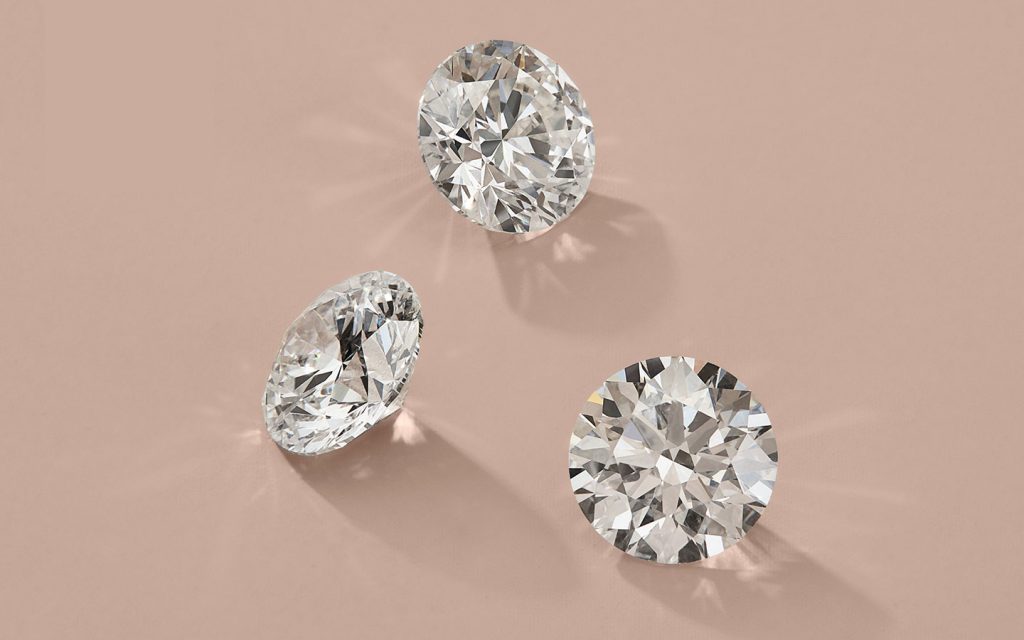When it comes to purchasing a laboratory diamond, one of the most crucial decisions is understanding the certification process. With various institutions offering their take on grading, it’s essential to know what sets them apart. Today, we’ll dive into the world of laboratory diamond certificates, focusing on two of the most prominent players: GIA (Gemological Institute of America) and IGI (International Gemological Institute).
Understanding Laboratory Diamonds
Before we get into the nitty-gritty of certification, let’s clarify what laboratory diamonds are all about.
What Are Laboratory Diamonds?
Laboratory diamonds, often referred to as lab-grown diamonds, are diamonds created in controlled environments using advanced technology. They possess the same physical, chemical, and optical properties as natural diamonds, making them a great choice for those who want the beauty of a diamond without the ethical and environmental concerns associated with traditional mining.
Benefits of Choosing Laboratory Diamonds
Opting for a laboratory diamond comes with several advantages. They’re often more affordable than their mined counterparts, and the process of creating them is environmentally friendly. Plus labordiamanten zertifikat GIA oder IGI, you can find stunning options that rival natural diamonds in quality and brilliance.
The Importance of Certification
Now that we’ve established what laboratory diamonds are, let’s talk about why certification matters.
What Does a Diamond Certificate Entail?
A diamond certificate, also known as a grading report, provides an in-depth analysis of a diamond’s characteristics, including its cut, color, clarity, and carat weight. This document serves as a valuable tool for both buyers and sellers.
Why Certification Matters
Certification adds a layer of assurance when making a significant investment. It ensures that you’re getting what you’re paying for and helps you understand the quality of the diamond you’re considering.
Overview of GIA (Gemological Institute of America)
GIA is perhaps the most recognized name in the diamond grading world. Let’s break down what makes GIA special.
History and Reputation
Founded in 1931, GIA is known for establishing the grading system that’s widely used today. Its reputation for accuracy and integrity has made it a trusted source for consumers and jewelers alike.
GIA’s Certification Process
GIA employs a rigorous and standardized grading process. Each diamond undergoes thorough inspection by multiple gemologists using advanced equipment, ensuring that the grading is as accurate as possible.
What GIA Reports Include
A GIA report provides comprehensive details about the diamond, including its unique characteristics, a plotted diagram of its inclusions, and a grading scale for each quality factor. This level of detail helps you make an informed decision.
Overview of IGI (International Gemological Institute)
Now let’s take a closer look at IGI, another prominent name in the certification world.
History and Reputation
IGI was established in 1975 and has grown to become one of the leading gemological organizations globally. While it may not have the same level of recognition as GIA, it is still respected within the industry.
IGI’s Certification Process
IGI also employs trained gemologists to evaluate diamonds. While their grading process is thorough, some argue that it may be less stringent than GIA’s, leading to a difference in perceived quality.
What IGI Reports Include
An IGI report similarly outlines the diamond’s characteristics, but the level of detail may vary. It also includes a graphic representation of the diamond, helping you visualize its attributes.
GIA vs. IGI: Key Differences
So, how do GIA and IGI stack up against each other? Let’s explore some key differences.
Grading Standards
While both organizations grade diamonds, GIA is often viewed as the gold standard due to its stringent grading criteria. IGI’s standards, while still reliable, might be seen as more lenient.
Market Acceptance
In the jewelry market, GIA reports are typically more widely accepted and trusted than IGI reports. If resale value is a concern, opting for a GIA certificate could be advantageous.
Cost Considerations
Cost can also be a factor in your decision. IGI certifications are generally less expensive than IGI oder GIA certifications, which can make them more appealing for budget-conscious shoppers.
Choosing the Right Certificate for You
When deciding between GIA and IGI, there are several factors to consider.
Factors to Consider
Think about what’s most important to you. Are you looking for a diamond with the highest possible certification, or are you more concerned about getting the best price? Your priorities will guide your decision.
Personal Preferences and Values
Consider your values and what matters most to you in a diamond. If supporting ethical practices and getting a great deal are priorities, lab-grown diamonds with IGI certification might be the perfect fit. If accuracy and brand reputation are more important, then GIA could be the way to go.
Final Thoughts: GIA or IGI?
In the end, the choice between GIA and IGI comes down to personal preference and values. Both organizations offer valuable insights into the quality of laboratory diamonds, but they do so in slightly different ways. By understanding the nuances of each, you can make an informed decision that aligns with your desires and needs.

